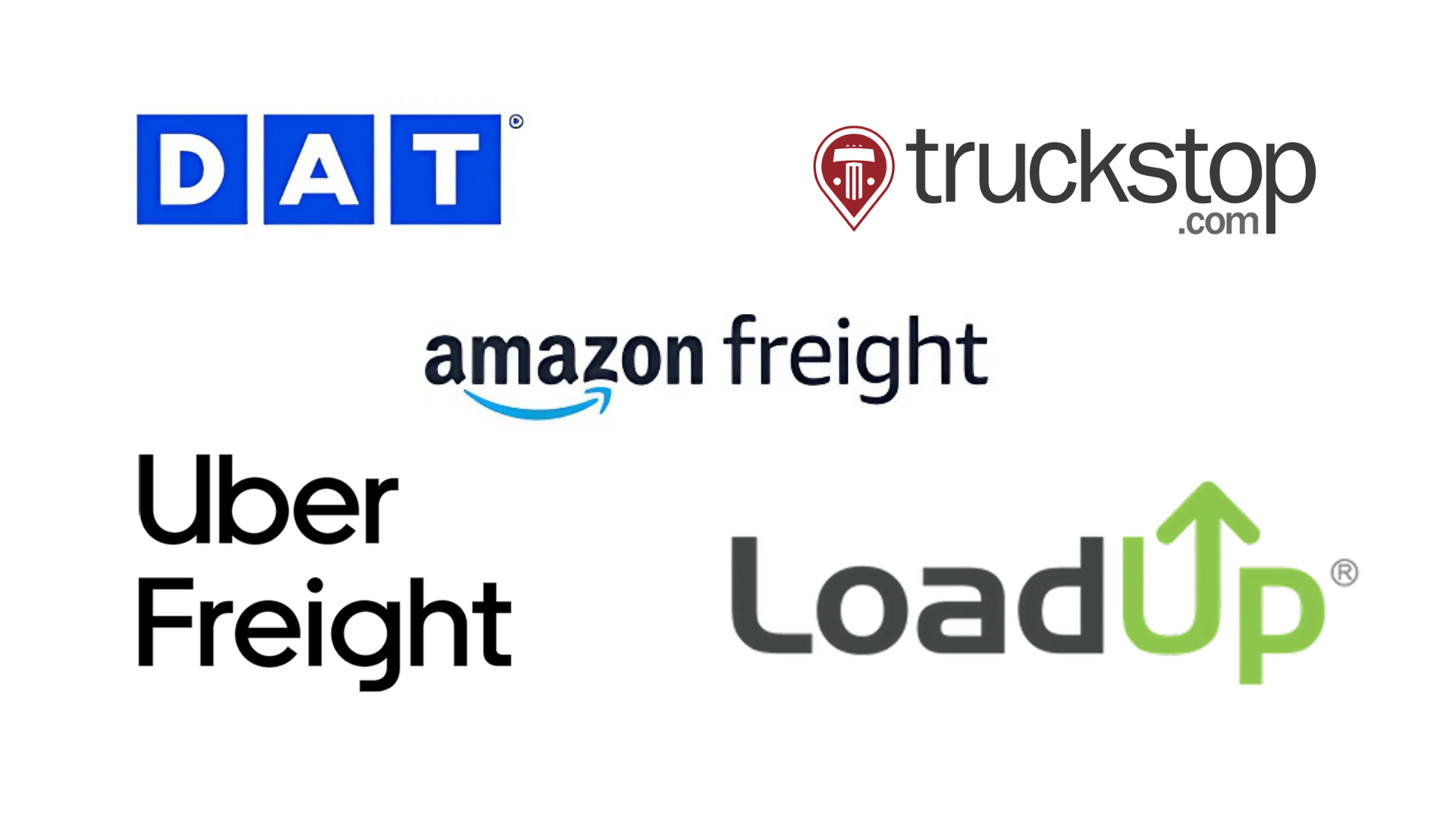If you drive a cargo van, you know how important it is to keep your schedule full. Every empty mile costs money. That’s why finding steady cargo van loads is key to building a reliable income.
One of the easiest ways to get work is by using cargo van load boards.
These online platforms connect drivers with shippers and brokers who require freight to be moved quickly. Instead of waiting for referrals, you can check an app or website and see available jobs in minutes.
In this guide, I’ll explain what cargo van loads are, why load boards matter, and share the top platforms to use.
I’ll also provide you with simple tips, common mistakes to avoid, and highlight new ideas that current sites don’t discuss.
What are Cargo Van Loads?
Cargo van loads are shipments that fit inside a standard or extended cargo van. Unlike big truck freight, these jobs are smaller, lighter, and often more time-sensitive.
Some common types of cargo van loads include:
- Local deliveries – including packages, groceries, and e-commerce orders.
- Furniture and appliances – Sofas, mattresses, or electronics that need extra care.
- Expedited freight – Urgent items like auto parts or medical supplies.
- Small business deliveries – Stores or local companies that need same-day service.
Cargo vans are fuel-efficient, easier to park, and often don’t require a CDL. They’re a smart choice if you want flexible routes or prefer local and regional driving instead of long-haul trucking.
Why Use Cargo Van Load Boards?

Finding steady jobs as a cargo van driver can be challenging. Cold calling shippers or relying on word-of-mouth doesn’t always bring consistent results, and no one wants to waste fuel driving with an empty van.
This is where cargo van load boards help. They connect drivers with real-time freight opportunities, making it easier to find loads that match your schedule and routes.
By using these platforms, drivers reduce empty miles, save time, and secure better-paying work.
Load boards also provide flexibility, allowing you to choose jobs that fit your day while keeping your van productive and profitable.
Best Cargo Van Load Boards and Platforms

Below are some of the most trusted sources for finding cargo van loads. Each one has its own benefits, so it’s worth trying a few to see what works best for you.
1. DAT Cargo Van Load Board
The DAT Cargo VanLoad Board is one of the largest freight marketplaces in the country, offering access to a huge network of shippers and brokers.
With around 644,500 new loads posted daily and over 235 million each year, it provides drivers with plenty of opportunities to stay busy.
The platform provides real-time listings for cargo vans, hot shot freight, and other shipments, along with broker credit data and average lane rates to help you confidently price jobs.
Additionally, the mobile app enables easy booking and load tracking on the go. This is a reliable option if you’re looking for steady work and access to a broad network of shippers and brokers.
2. TruckStop
TruckStop is recognized for being beginner-friendly and user-friendly, making it a popular choice for new drivers.
The platform offers rate negotiation tools, as well as access to broker payment history and credit scores, so you can protect your income and avoid risky deals.
With a wide range of freight options, including cargo van loads, TruckStop helps drivers build steady relationships with brokers while giving them the tools to grow their business.
3. Amazon Freight
Amazon Freightis designed for drivers who want to handle Amazon package deliveries. It offers steady freight opportunities, especially during busy seasons, and provides a simple app for booking and tracking loads.
Payments are fast and reliable, often within 7 days, making it a solid choice if you’re looking for consistent local or regional routes with the backing of a major brand.
4. Uber Freight
Uber Freight operates similarly to the Uber rideshare app, but for freight. It allows drivers to book loads instantly, eliminating the need for lengthy phone calls or negotiations.
Rates are shown upfront and transparent, so you always know what you’ll earn, and payouts are usually fast – often within 2–3 days. This is an excellent option for drivers who value flexibility, speed, and control over their schedules.
5. LoadUp
LoadUp specializes in furniture, appliances, and junk removal, making it a go-to platform for short local jobs. Drivers can connect directly with customers, avoiding middlemen, and enjoy flexible schedules that fit their lifestyle.
Since LoadUp is growing in many U.S. cities, it’s a smart option for drivers who prefer short-distance runs and want to build a steady stream of local work.
6. Direct Shipper Connections
Building direct relationships with local businesses can be just as valuable as using a load board. By working with furniture stores, retailers, or warehouses, drivers can offer last-mile delivery while skipping broker fees.
This approach takes time to develop but often yields steady, repeat work and stronger business partnerships, providing drivers with more independence and higher profit margins.
Quick Comparison Table between Cost, Payment Speed & Need
I made an easy-to-read comparison table for the platforms featured in your blog. It shows each load board’s cost, payment speed, and driver need side by side – so you can quickly grasp the practical details.
| Load Board | Cost / Fees | Payment Speed | What You Need to Use It |
|---|---|---|---|
| DAT Cargo Van Load Board | Paid subscription ($45–$150/month depending on plan) | Depends on broker; quick-pay options and factoring available | Active subscription, insurance, possibly DOT number |
| TruckStop.com | Paid plan (tiered pricing) | Broker-dependent; can use quick-pay or factoring | Subscription, insurance, and proper credentials |
| Amazon Relay | No subscription fee | Fast payouts (often within 7 days) | Amazon-compliant insurance, background check, good van condition |
| Uber Freight | No sign-up cost | Fast payouts (2–3 days typical) | Background check, proper insurance, compliant vehicle |
| LoadUp | Free to sign up; commission taken from customer payment | Payout per job after completion, minus service fee | Functional cargo van, basic insurance, customer connection skills |
| Direct Shipper Connections | No platform cost, but must handle your own marketing | Payments depend on the shipper, often negotiable | Solid networking, business setup, and reliable service |
Tips for Finding More Cargo Van Loads
Simple habits can keep your schedule full and income steady:
- Use more than one board – Access a wider variety of loads.
- Stay organized – Keep your insurance, DOT number, and registration up to date.
- Take advantage of features – Use rate tools, quick pay, and broker reviews.
- Find your niche – Medical, furniture, or last-mile deliveries can offer higher pay.
Balancing load boards with local contacts gives you more stability and options.
Common Mistakes to Avoid
Some drivers encounter problems due to simple missteps.
- Relying on a single platform – If jobs slow down, your income does too.
- Skipping research – Not checking broker ratings can lead to late or missed payments.
- Overbooking – Taking too many jobs can cause delays and hurt your reputation.
- Passing on short runs – Small local loads add up and keep you moving.
Avoiding these mistakes helps protect your earnings and builds trust with clients.
Conclusion
Finding cargo van loads doesn’t have to be complicated. With the right cargo van load boards, you can connect directly with shippers and brokers, keep your schedule full, and avoid wasting time on empty miles.
Platforms like DAT, TruckStop, Amazon Relay, Uber Freight, and LoadUp each offer unique advantages, while direct shipper connections can provide steady repeat work.
The key is to utilize multiple options, maintain organization with your paperwork, and establish trust with reliable partners. Additionally, be open to smaller local jobs, as they can add up and help maintain a consistent income.
Looking ahead, load boards may expand with niche options, smarter route tools, and eco-friendly choices.
For now, research the platforms that fit your needs, test them out, and create a balance between online boards and local contacts to grow a dependable driving business.















